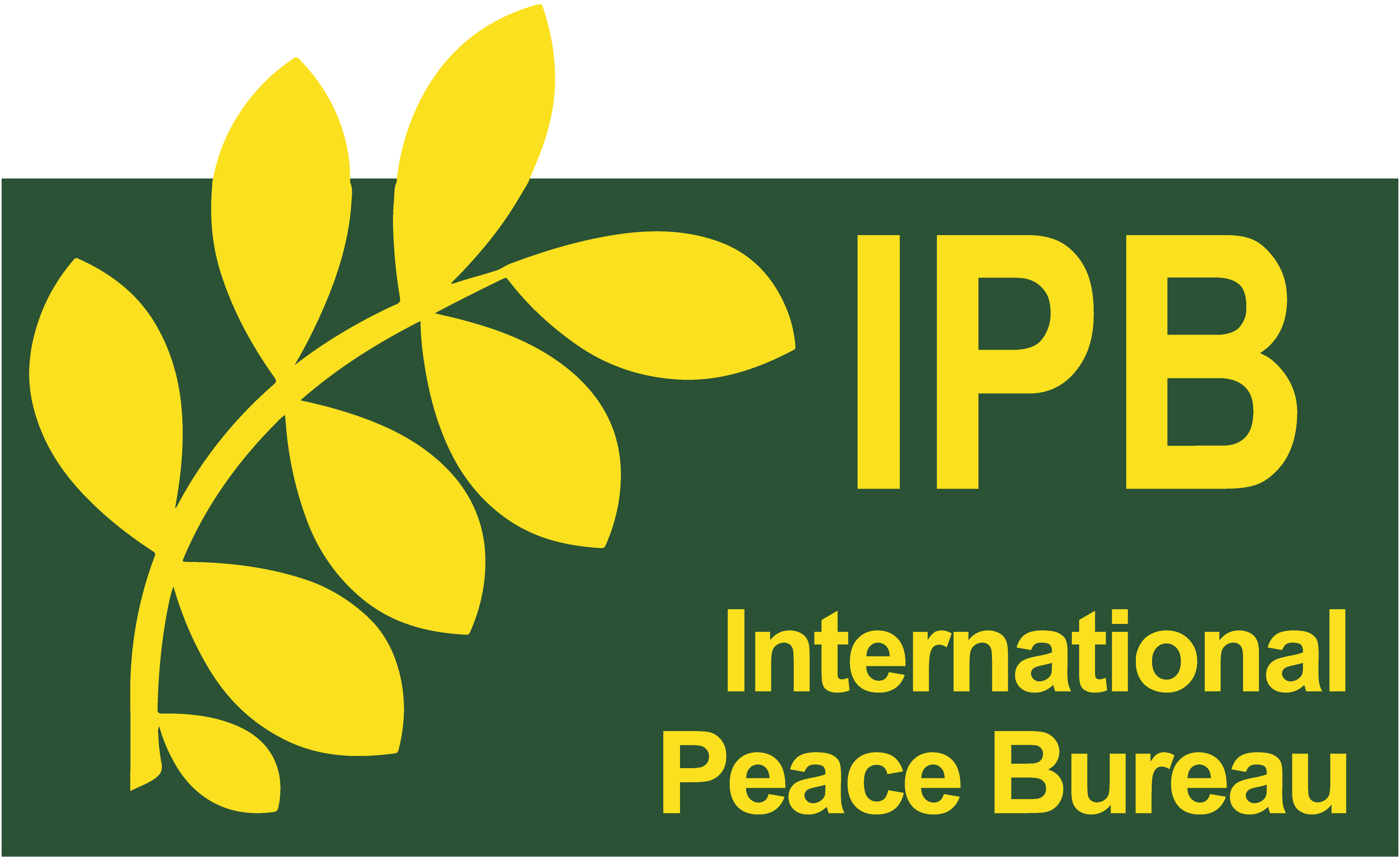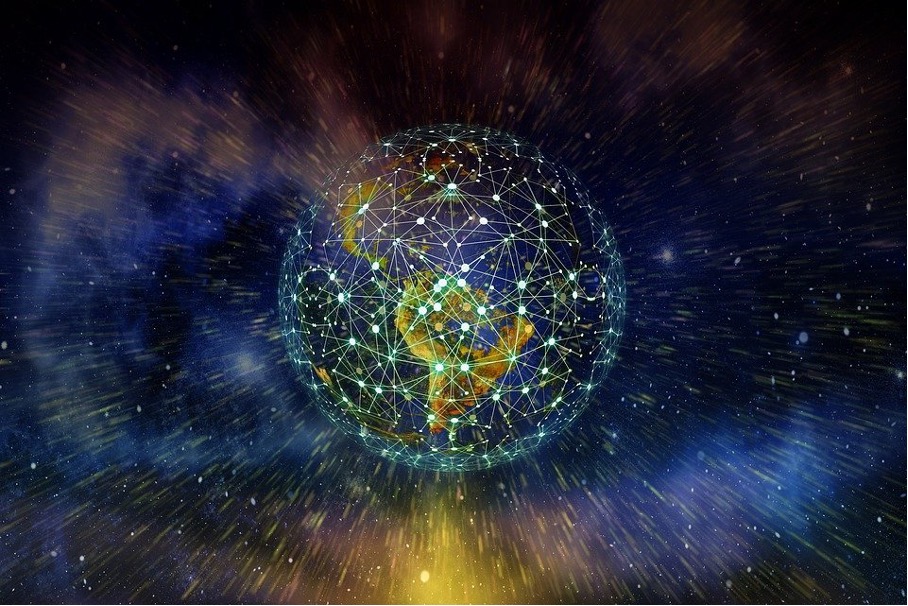A blog post by Christoph Jaschek.
This article highlights the three most important challenges of the 21st century – Human Rights, Sustainable Development and nuclear disarmament – by offering three different perspectives of how to link them. This systemic approach, which enables us to look closer into the interdependencies of the three topics, can be associated with the general principles of the Systems Thinking methodology. One fundamental goal of Systems Thinking is to appreciate the complex and messy world in which we live, so as to develop more effective solutions to critical problems – understanding that they are part of a broader system – rather than seeking simplistic and ineffective solutions which treat the problems in isolation.
First perspective: Sustainable Development & Human Rights
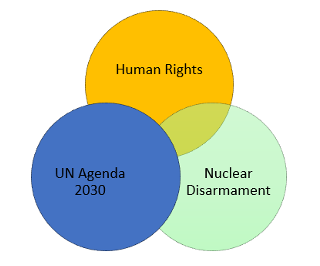
The 17 Sustainable Development Goals (SDGs) were adopted at the United Nations General Assembly on the 25th of September 2015. They are also commonly known as Agenda 2030. Its goals, in and of themselves, reveal a complex network of interdependent aims: Whether it is to end poverty, to promote health care and gender equality, or to protect oceans and forests. It is, therefore, not possible to achieve one goal without making significant progress on others. Systems Thinkers reject the notion that the 17 goals, or the many sub-goals, are discrete silos that can be slotted into small, separate boxes. Instead, we must focus on the broad picture of the 17 goals and the way they relate to each other in order to truly transform the world we live in.
Similarly, the Universal Declaration of Human Rights, which was adopted by the General Assembly in 1948, can also be seen as a complex set of interrelated rights and obligations, relating especially to the right of equality, freedom from discrimination and the right to life. By linking these rights in one document, the United Nations were able to achieve agreement amongst member states with different political priorities, legal systems and cultural backgrounds from all regions of the world.
We are now able to link one complex network, the Sustainable Development Goals, with another complex network, the body of universally recognized human rights. In fact, these networks can be seen as two sides of the same coin. Progress by states on the SDGs, facilitates related progress on Human Rights, and vice versa. The United Nations Development Programme (UNDP) states that over 90% of Agenda 2030 goals are directly based on at least one human right.
What the Declaration of Human Rights embraces is not only rights, but also responsibilities. If we all have the rights under the declaration, then by logical inference we are also obligated to uphold the rights of others . This provides the key intersection with the SDGs, which outline our collective responsibilities to ensure the enjoyment of basic rights in a way that is sustainable. Making the connections between human rights and SDGs builds cooperation and helps the system as a whole.
Second perspective: Human Rights & Nuclear Disarmament
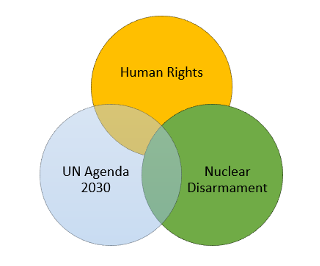
The second perspective focuses on the relationship between human rights and nuclear disarmament. The United Nations has multiple bodies and committees concerned with human rights. Some are charter-based bodies, like the Human Rights Council, which is an intergovernmental body composed of 47 elected United Nations Member States. On the other side, there are ten thematic committees composed of independent experts, the so-called treaty-based bodies
While the Cold War between the USA and the USSR ended in 1990, nuclear weapons still exist in the 21st century, and they are more dangerous than ever before in history. To illustrate what this means, there is a very realistic application named Hair Trigger Game, where you are responsible, as the newly elected US president, to prevent the outbreak. But how can we link both areas of concern? To find an answer, we have to look closer into the statement made by the UN Human Rights Committee, a treaty body, in 2018: In paragraph 66 of General Comment No. 36 it says that the threat or use of nuclear weapons is incompatible with respect for the right to life and may amount to a crime under international law. In addition to this, the International Court of Justice ruled in 1996 that the “threat or use of nuclear weapons would generally be contrary to the rules of international law”. [What about the ICJ’s Legality of the Threat or Use of Nuclear Weapons case?]
Thanks to this comment, it is possible to establish a direct relation between human rights and nuclear disarmament. The existence, the threat or the actual use of nuclear weapons, independently by which country or under whatever circumstances, is a violation of universal human rights. Therefore, all nuclear states and their allies are obliged to enter negotiations in order to prohibit nuclear weapons in all forms. If you want to engage in this important process, you can, for example, become a member of Youth Fusion, or one of its partner organizations, and get in contact with thousands of young and highly motivated people that work to promote a more peaceful world without nuclear weapons and with fully realized human rights.
Third perspective: Nuclear Disarmament & Sustainable Development
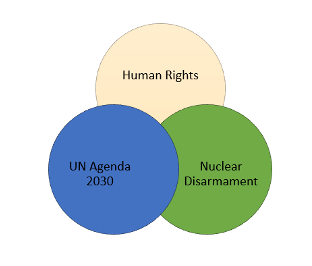
The last perspective of this article deals with the important connection between nuclear disarmament and the Sustainable Development Goals. Oftentimes, experts and articles only refer to the nuclear-weapon states in general, but it is a very good practice to think about this group of countries more concretely. Officially recognized states that possess nuclear weapons are the USA, Russia, the United Kingdom, France and China.
Furthermore, countries like India, Pakistan, North Korea, Israel, Belgium, Germany, Italy, the Netherlands and Turkey are highly important as well because they either declare to dispose of nuclear weapons or they host foreign weapons. All these states will spend an estimated one trillion dollars, over the next decade, to develop next-generation nuclear weapon systems. In its 2020 yearbook, the Stockholm International Peace Research Institute states that, “Russia and the USA have extensive and expensive programs under way to replace and modernize their nuclear warheads, missile and aircraft delivery systems, and nuclear weapon production facilities”.
On the other side, the United Nations publish the Sustainable Development Goals Report every year with the aim to keep track of progress as well as shortcomings in the realization process of Agenda 2030. Until now, the assessment was mixed: While significant progress was made regarding improved maternal and child health or the representation of women in national parliaments, there are many obstacles in terms of growing food insecurity or the deterioration of the natural environment. In addition to that, the COVID-19 crisis means a great setback for Agenda 2030. It is estimated that the valuable progress of the past several years will be reversed.
We can link these two topics by taking a closer look at the definition of security: Nuclear deterrence, which means that an enemy will be deterred from using nuclear weapons as long as he can be destroyed as a consequence, clearly refers to a very narrow definition of security that can be attributed to a military mindset. But when we broaden the definition of security, we realize that the climate catastrophe, poverty, lack of access to water, and pandemics like the COVID-19 crisis threaten the life of everyone. However, nuclear weapons are incapable to deliver adequate solutions for these sorts of problems. On the contrary, the Disarmament Handbook notes, “that disarmament of nuclear weapons contributes to international peace and stability”.
In addition to that, it does not make any sense to invest one trillion dollars in technologies that are unable to guarantee our security. It is more productive to invest this enormous amount of money in projects that increase social justice, that improve our health and education systems, that increase the resilience of local communities facing the severe consequences of the climate catastrophe, that invest in COVID-19 recovery, and that promote nuclear disarmament, thereby creating more peace and security. The international Move the Nuclear Weapons Money Campaign offers very good and concrete alternatives on how to spend the money instead.
Conclusion
In this article you have seen the interdependencies of:
- human rights and sustainable development: The SDGs are practically based on the Universal Declaration of Human Rights;
- human rights and nuclear disarmament: General Comment 36, which states that the threat or use of nuclear weapons is a violation of the right to life; and
- Nuclear disarmament and sustainable development: Shift the nuclear weapons money to invest in projects that deal with a wider definition of security.
About the author: Christoph Jaschek studied International Cultural and Business Studies in Germany and Argentina. In his current master studies at The Open University, he focuses on Systems Thinking in Practice to create a holistic approach to (nuclear) conflicts, sustainable development and long-term peace building. He currently works as Research Assistant for the World Future Council and for Youth Fusion. You can contact Christoph at christophj@pnnd.org.
